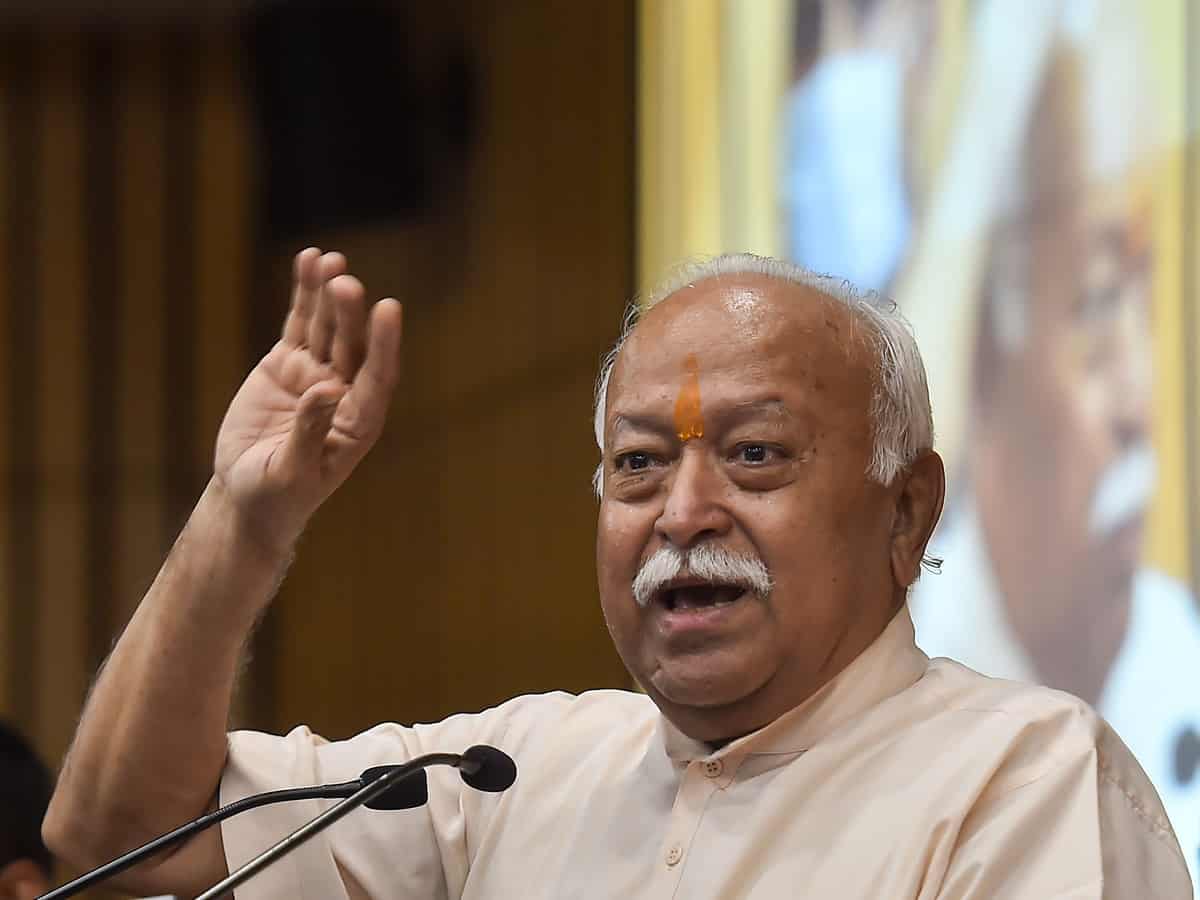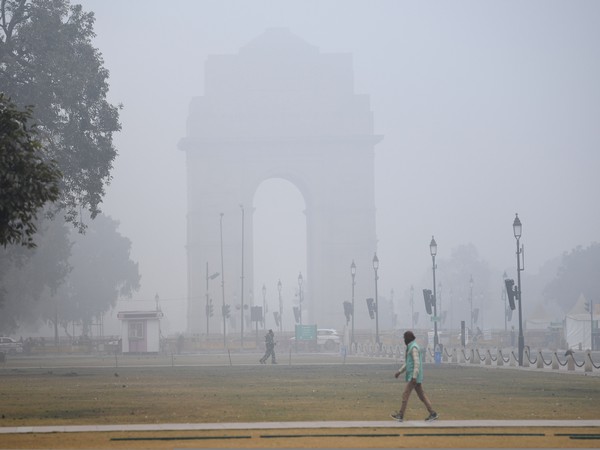
Had supporters of Babri masjid in Ayodhya explored multiple options, Kiruna town in Sweden could have helped them resolve the vexed mosque-temple issue that resulted in thoughtless violence, disquiet and division in society.
Kiruna, a Swedish town north of the Arctic Circle, is undergoing one of the most ambitious urban relocation projects in history due to the expansion of the Swedish government owned Luossavaara-Kiirunavaara [LKAB] iron ore mine beneath the town. As part of this process, many buildings, including the iconic Kiruna Church, considered to be one of the most beautiful buildings in Sweden, are being relocated to a new area approximately 3 kilometers east of its current location. Kiruna’s church is a terracotta-colored building designed to resemble a hut of the indigenous Sami people. In fact, the word Kiruna comes from the Sami word giron, which means snow grouse.
Sometime in 2025, the entire 600-tonne church’s wooden building will be loaded onto trailers and moved to a new spot near the local graveyard.
On a private visit, this correspondent saw how local authorities and community leaders are treating church’s relocation not just about preserving the church but as a symbol of their collective efforts to Kiruna’s unique heritage and identity while adapting to the challenges posed by modern industrial activities.
Kiruna Church, completed in 1912, is one of Sweden’s largest wooden buildings and a prime example of early 20th-century Nordic architecture. It has significant cultural and historical value, making its preservation and relocation a top priority.
The LKAB iron ore mine in Kiruna is the world’s largest underground mine that produces iron ore for steel mills and other industries. The mammoth, round the clock underground mining activities in Kiruna cause consistent threat to the stability of all city buildings, residences, shops and commercial establishments. A large part of the town was moved in 2004 setting an example of a town to be relocated. The town is also relocating about 3,000 homes and other buildings. The 1958 clock tower from the previous town hall was dismantled and rebuilt alongside the new landmark after cracks emerged in many government and school buildings. A new railway station has already been opened further away from the mine. By 2035, approximately 6,000 people out of its current population of 18000, will have been relocated to new housing.
A Scandinavian firm, Henning Larsen, is working on an elaborate plan to dismantle the church carefully, with its pieces catalogued and transported to the new town centre. Some of the roads, currently 20 feet in breadth, are being expanded to 40 feet, so that the church’s structure is moved easily. Henning Larsen promises to reassemble it in its original design.
The church is the only landmark being shifted. There are over 20 significant buildings from the old town of Kiruna to the new location after getting dismantled and reconstructed in its original form. A member of Henning Larsen team says physically moving the entire town turns out to be a complex, expensive and unique challenge but making residents accept the change is a far more formidable task. “The challenge for Kiruna city is not only about moving an entire city, but also moving the minds of citizens and creating a new home and identity,” he said while declining to be identified. He said many people asked him even if the church is moved physically, graves and birches would not.
Ebba Busch, Sweden’s deputy prime minister and in charge of climate and business views LKAB as Sweden’s goldmine,” having large deposits of rare earth elements, vital to produce electric car batteries and wind turbines.
As per the United Nations’ report on climate change, rise in global temperatures may lead to an average sea-level rise of between 26 and 77 centimetres by 2100. Higher levels of global warming will cause greater thermal expansion of the ocean and increased ice melting, with a two-degree increase potentially leading to the melting of the Greenland ice shelf and a rise of up to seven metres. If that happens, cities such as Mumbai, Miami and Guangzhou and many parts of Bangladesh would come under threat. Male in Maldives are already predicted to be uninhabitable by 2100.
Kiruna also houses Sámi people who are the Indigenous tribe of Sápmi, a region spanning northern Sweden, Norway, Finland, and the Kola Peninsula of Russia. They have a rich cultural heritage and history tied closely to the Arctic environment. The Sámi language is part of the Uralic language family and includes several dialects, such as North Sámi, Lule Sámi, and South Sámi. North Sámi is the most widely spoken. Reindeer herding is central to Sámi culture and remains a significant source of livelihood. Other traditional practices include fishing, hunting, handicrafts (duodji), and joik, a traditional form of singing.
For centuries, Sámi lands and culture were subjected to colonization, Christianization, and assimilation policies by the Swedish state. These policies included restrictions on the use of Sámi languages and forced displacement. Swedish society admits that mining, forestry, and other industries have been encroached on Sámi lands, impacting their traditional way of life.
The Sámi Parliament of Sweden (Sámediggi) was established in 1993 to represent Sámi interests in areas like culture, language, and reindeer herding. However, its powers are limited, and it functions primarily as an advisory body. Efforts are underway to preserve and revitalize Sámi languages, traditions, and knowledge systems. Festivals like the Jokkmokk Winter Market celebrate Sámi culture and attract visitors from around the world.
Climate change and Warming temperatures are affecting reindeer migration patterns and disrupt ecosystems that the Sámi depend on. The Sámi population faces ongoing struggles for land and water rights, as their traditional territories overlap with areas used for industrial development in addition to systemic discrimination and racism, although awareness and advocacy efforts are increasing.















